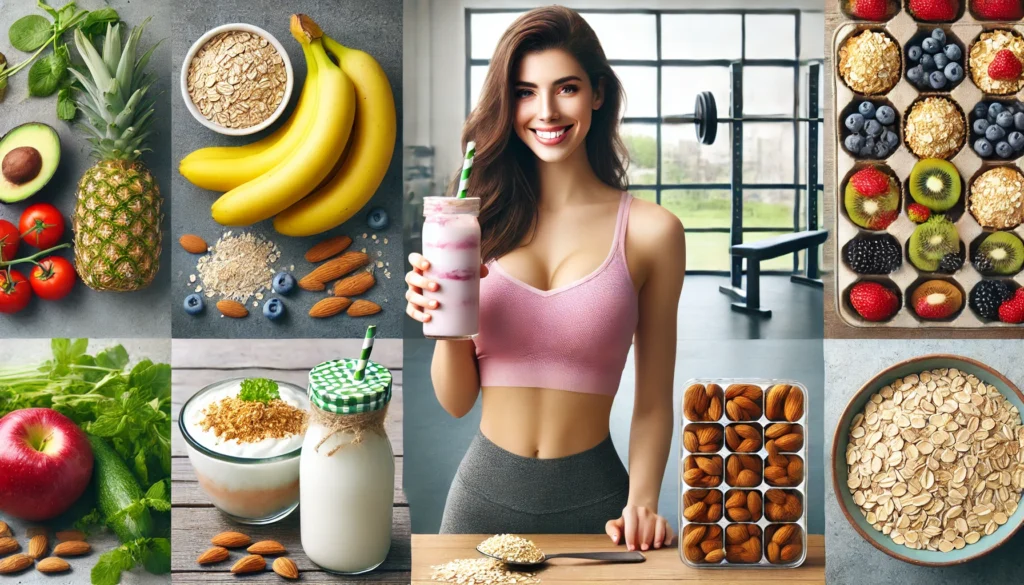Chipotle is among the healthier fast-food restaurants that use fresh ingredients and no artificial or processed additives. This is pretty amazing for a restaurant chain that’s this big. However, even though Chipotle’s ingredients are superior to most restaurants, adding calories to the typical meal is still possible. We looked deep into their menu and broke down the steps to order your food from the beginning to the end (and help you save up to 800 calories). In addition, you can get six dietetically approved dishes, such as salads, tacos, and bowls.
Utilizing Chipotle’s Nutrition Calculator, We found that the average Chipotle burrito could easily be more than 1,000 calories. If, for instance, you ordered a burrito containing carnitas and brown rice, pinto beans, fresh tomato salsa cheese, Guacamole and cheese, you’d eat around 1,235 calories. Based on your preferences, this could mean almost a full day’s calories in one burrito. Here at Smart Health News, we adore Chipotle as just as everyone else. However, even the most well-intentioned customers could go overboard without realizing it when they’re not cautious about their ingredients.
Healthy Burrito Recipes
The nutritional Calculator can be an aid when you are making a nutritious dinner. There’s more information available to help you make the excellent choice for your needs. In addition, the opportunity to personalize your food (including the option to add more or light) means there are no more surprises. Here’s our advice on choosing healthier food at Chipotle (that’s nevertheless delicious). In addition, our six combos of our top dishes will eliminate the guesswork of what you should take home.

- Pick a salad or bowl
Pick a salad or bowl, as one large flour tortilla has 320 calories and 600 mg of sodium. The flour taco and corn shells are similar, with 75 and 80 calories in both cases, just for the shell. When you’re trying to stay mindful of how much you eat, We suggest reserving them for the delicious stuff inside rather than the shell or wrap.
2. Pick your favourite protein.
There needs to be more variety of calories available in this category. The lowest are sofritas and steak (150 calories), and carnitas (210 calories) are the most calorie-rich. It’s a good idea to select your favourite, but take note of the sodium content that is relatively high in these items. For instance, Sofritas contains 560 mg per serving, about one-fifth of your daily sodium intake.
3. Enjoy your beans
Beans provide an impressive 8 grams of protein derived from plants in your order. Pinto and black beans, each with 130 calories, are the same nutritionally, so you can pick the flavour you prefer here.
4. Choose your rice
Brown rice has less sodium and more fibre than white rice. Suppose you’ve decided to go with tacos or burritos. You may want to avoid all rice (210 calories) entirely since you’re eating the grains inside the shell. However, white rice is an excellent choice should you choose to do so. It may not be the same amount of fibre as brown rice, but you can include double fajitas to increase the amount of fibre by doing this. You could also leave out the rice entirely if you opt for a dish with grains, such as tacos or burritos. Please think of the entire meal and how it’s a part of your daily routine.
Best and Worst Toppings
The Best Toppings for a Healthy Salad or Bowl
All the information on Chipotle’s nutrition ingredients is available in Chipotle’s nutritional Calculator. Here are some toppings you can choose from and those you can reduce.
Speak up and say, “Yes, please! ” To these healthy toppings.
Fajita Vegetables:
Make sure to eat more Fajita-inspired vegetables, such as sauteed onions and peppers. They’re low in calories—just 20 per serving—and packed with fibre, minerals, and vitamins (yay, veggies! ).

Lettuce:
Romaine lettuce packs only five calories while offering lots of crunch and freshness.
Guacamole:
If you’re looking for avocado, it’s well worth the cost (we know that guac is a bit more!). Avocados are rich in nutrients and packed with heart-healthy fats and fibre (three times more than brown rice), which help create a satisfying bowl. Even though Guacamole packs 230 calories, if you enjoy guac, then we believe it’s worth the extra dollars and calories to get the flavour and nutrition boost.

Tomatillo Green Chili Salsa:
Although it has the lowest sodium content of all salsas (at 250 mg), it is still packed with so many flavours that you won’t have to miss anything.

Pinto or Black Beans:
At 130 calories for a serving, 7- 8g of fibre, and 8g of protein, consider this your security plan against becoming hungry later.

Toppings to Choose Sparingly
“Just a little! “Just a little! ” Pick one or two toppings, or opt out of these delicious, somewhat less nutritious options.
Sour Cream, Queso, Cheese
Sour cream (110 calories), queso (120 calories), and shredded cheese (110 calories) can increase the total calories and saturated fat content. If you can’t live without a creamy or cheesy topping, make sure you pick only one. An excellent tip is to request an entire order of these toppings.

High-Sodium Salsas:
Chipotle offers four salsas: fresh tomatoes, tomatillo-green chilli, roasted chilli-corn and tomatillo red chilli. Fresh tomatoes are low on calories (25 in a serving) but loaded with 550 mg of sodium for each serving! The chilli-corn salsa roasted adds the same amount of calories but 330 grams of sodium, so we suggest picking one of the tomatoes. We prefer the green chilli variety (15 calories and 250 mg sodium). It has suitable spice to increase the flavour and possibly increase your metabolic rate ( capsaicin, the compound found in hot chile peppers, may boost the metabolism).
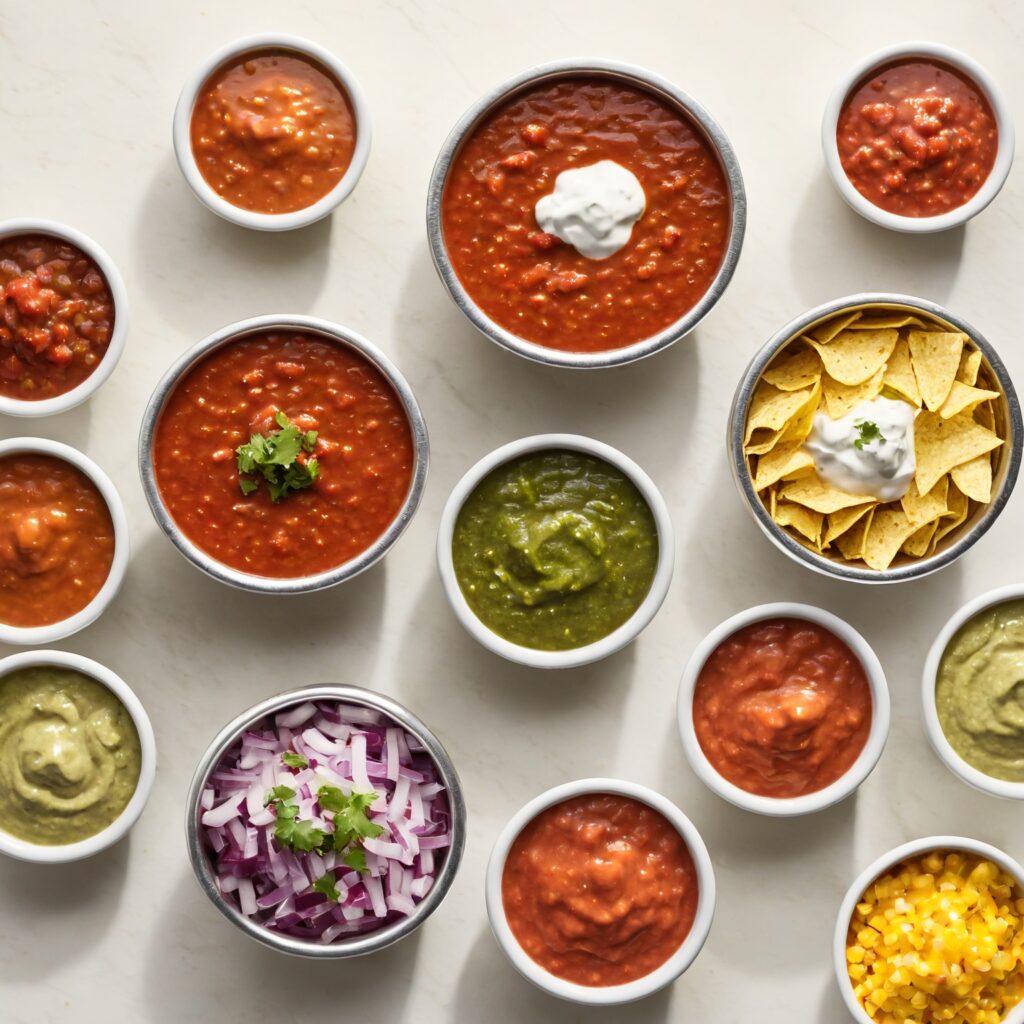
Cilantro-Lime Brown Rice:
A typical-sized serving of rice flavoured with lime and cilantro has 220 calories. That’s about half the calories in a typical dinner. Requesting a “light” serving leaves more space for toppings.

Salad Dressing:
Adding vinaigrette to the salad adds 220 calories, and the sodium level is 850 mg. If you’ve piled on the toppings, make sure to give your salad bowl a quick stir to mix the ingredients. You don’t require dressing. If you’re craving dressing, request it be served on the side and use it only sparingly.
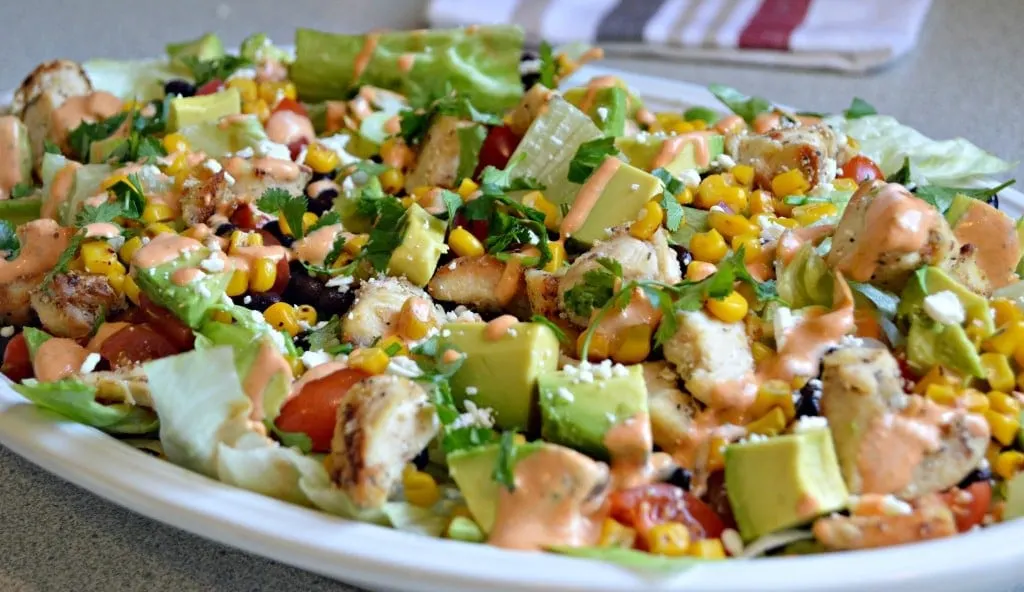
Chips:
Two servings of chips are 540 calories, which can double the calories of your meal. However, you don’t have to eat chips every time. You can share them with a companion or simply serve a handful of chips to enjoy during your dinner.
Healthier Orders We Love
Here are some combinations you’ll feel comfortable choosing and what they’re like compared to the giant burrito. We’ve been working to cut down weight. We’ve found that the sodium in each of these dishes isn’t too low, which is typical of restaurant food. Contrast this with our “High-Calorie Burrito,” which has 1,235 calories, 50 grams of protein, and 2,560 mg of sodium. We made a burrito made of carnitas, pinto beans, brown rice, fresh tomato salsa, cheese, and Guacamole.
The Lighter Bite:
If you’re determined to cut down on calories, choose a salad that includes steak or fajita, black beans, vegetables, and salsa made of tomatillo green chilli (without dressing).
- Calories: 330 kcal
- Protein: 31 g
- Sodium: 965mg
The Protein Powerhouse:
Feeling hungry after a long exercise session and in need of some protein? This combo has you covered: a bowl of chicken brown rice, brown rice and pinto beans, shredded cheese, and salsa made of red chilli tomatillo.
- Calories: 660 kcal
- Protein: 50 g
- Sodium: 1,400mg
The Vegan:
Do you follow a vegan diet? Try this bowl of sofritas with pinto beans, brown rice, fajitas, Guacamole, and roasted chilli-corn salsa.
- Calories: 820 kcal
- Protein: 26 g
- Sodium: 1,810mg
Suppose you’re tempted to order by eye and then in a rush to eat an entire spoonful of everything (it is commonplace for everyone, even the most accurate among us). In that case, you can place your order on time using their app. You can select an alternative to eat healthier before being in awe of the options and avoid the queue.
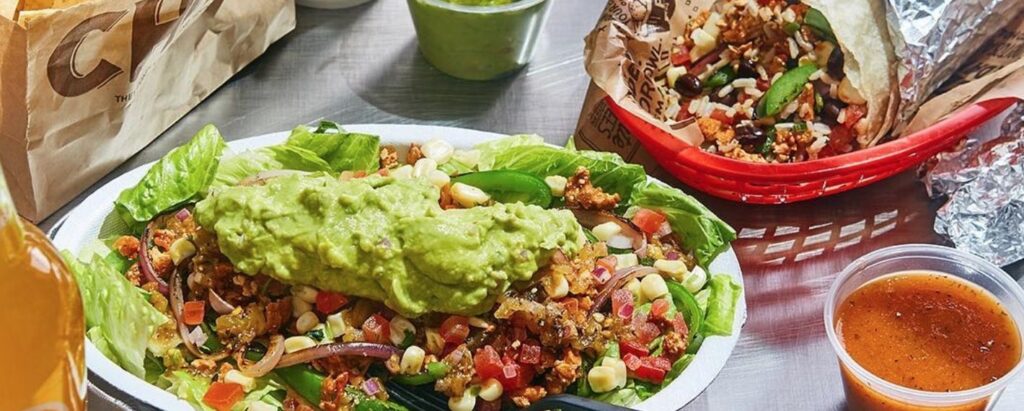
A Balanced Bowl:
Make your own burrito bowl using pinto beans, steak, lettuce, green chilli tomatillo salsa, and skip the rice flavoured with lime and cilantro. Steak is among the meats with fewer calories. Combine it with fibre-rich brown rice (a smaller portion is sufficient) and beans. Add an extra kick of spice by adding salsa.
- Calories: 405 kcal
- Protein: 31 g
- Carbs: 45 g
- Fiber: 11 g
- Sodium: 895 mg
Sizzlin’ Salad:
Do you want to eat salads? Make your plate greens on a bed of them. Add black beans and chicken, a light serving of the roasted chilli-corn salsa, and cheese, and finish it off with a drizzle of chipotle honey vinaigrette. The corn salsa is delicious and provides a splash of colour and different textures to this tasty salad.
- Calories: 640 kcal
- Protein: 47 g
- Carbs: 52 g
- Fiber: 13 g
- Sodium:1,645 mg
Taco Time:
Make sure to order two tacos made of corn with pinto beans, guacamole salad, fajita veggies, and a light dose of sour cream. Crispy shells complement the creamy filling of beans and guac and cut off more than 300 milligrams of sodium and 20 calories compared to soft tacos. The fajitas’ zingy vegetables are also a source of colour and flavour.
- Calories: 580 kcal
- Protein: 14 g
- Carbs: 56 g
- Fiber: 18 g
- Sodium: 745 mg
Ordering healthy at Chipotle is not only achievable but also enjoyable with the right approach. By being mindful of portion sizes, choosing nutrient-dense ingredients, and balancing your meal with a mix of proteins, healthy fats, and plenty of vegetables, you can create a meal that is both delicious and nutritious. Opt for whole foods like brown rice, black beans, and fresh salsas, and be cautious with high-calorie add-ons like sour cream and cheese. Remember, customizing your order to fit your dietary needs and preferences is key. With these tips, you can enjoy a satisfying meal at Chipotle that supports your health and wellness goals. Happy eating!













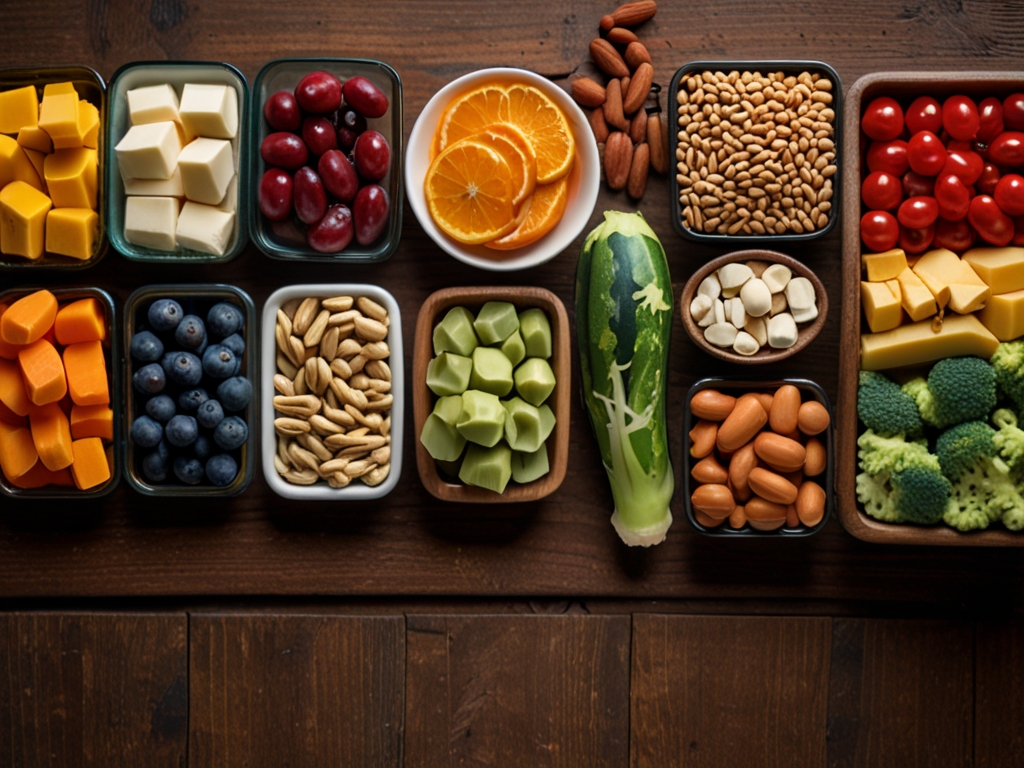


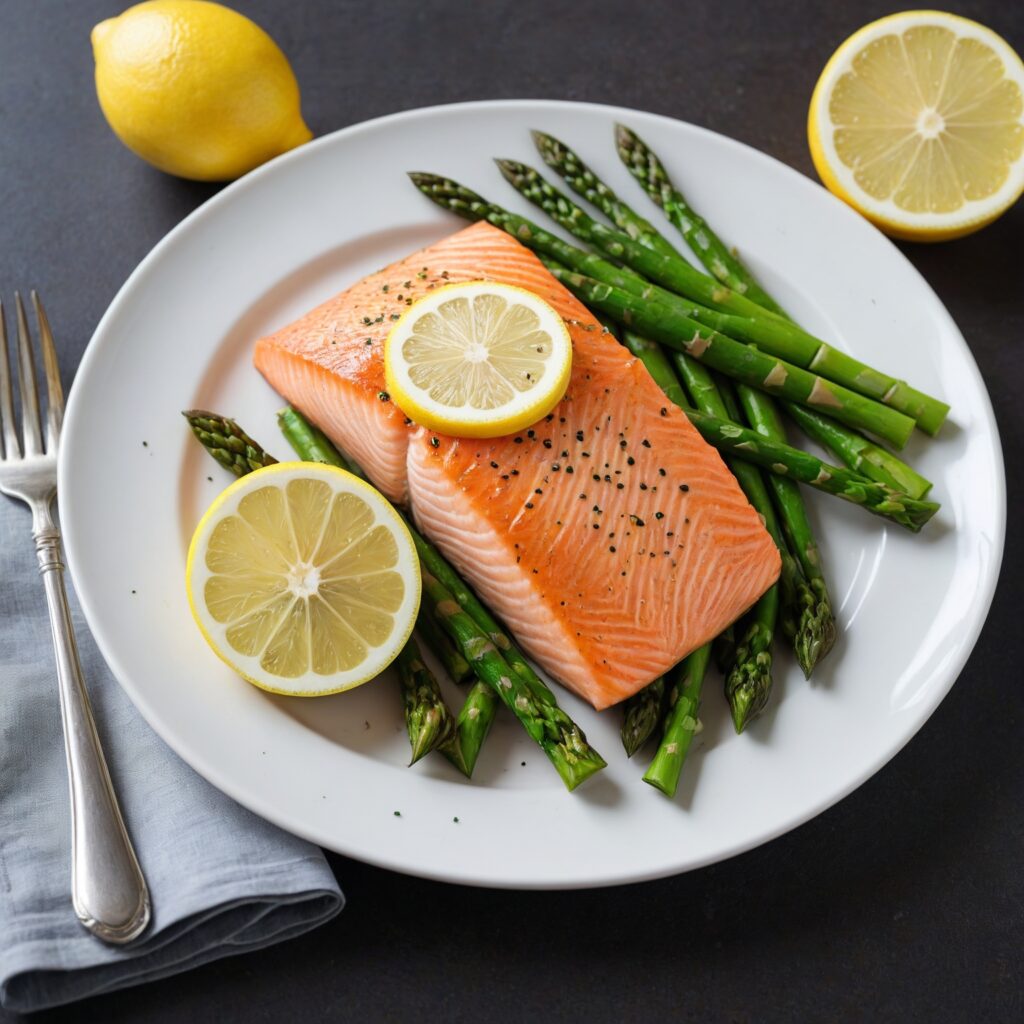

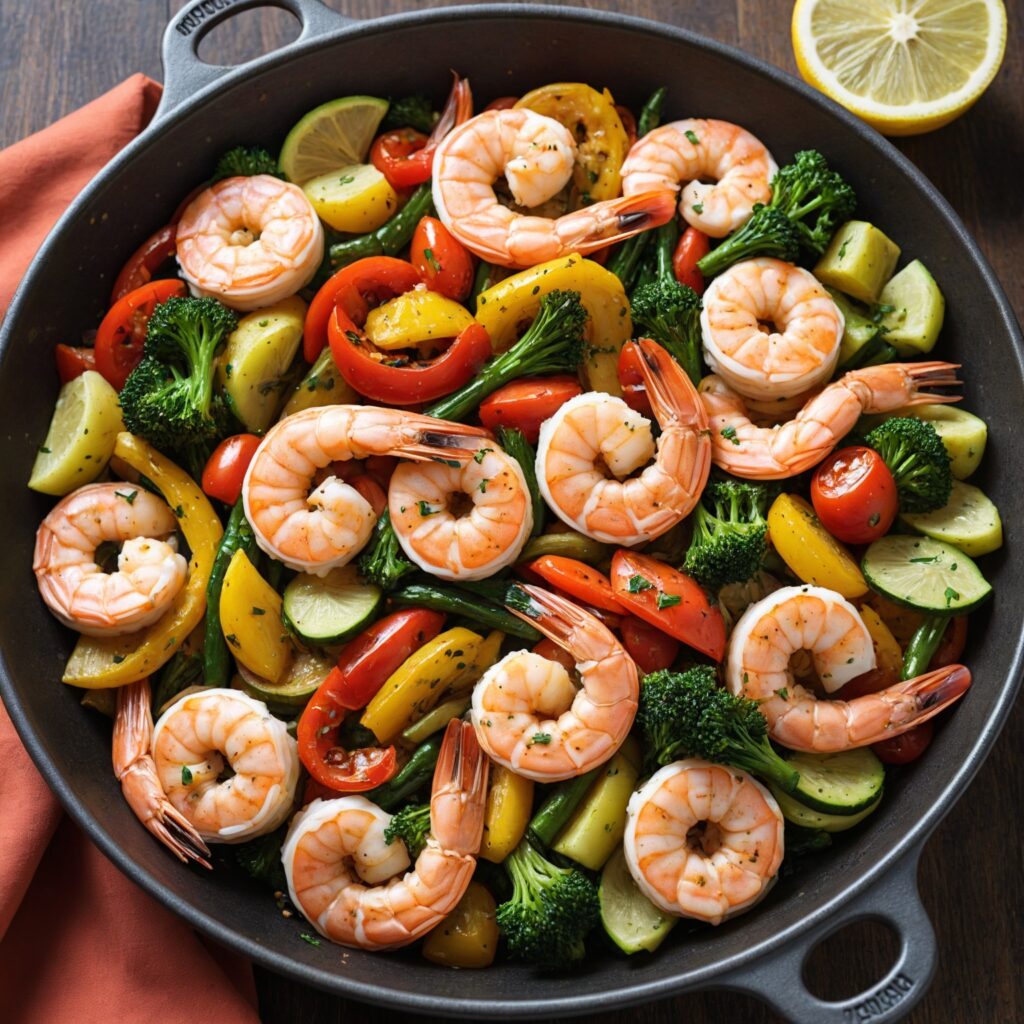


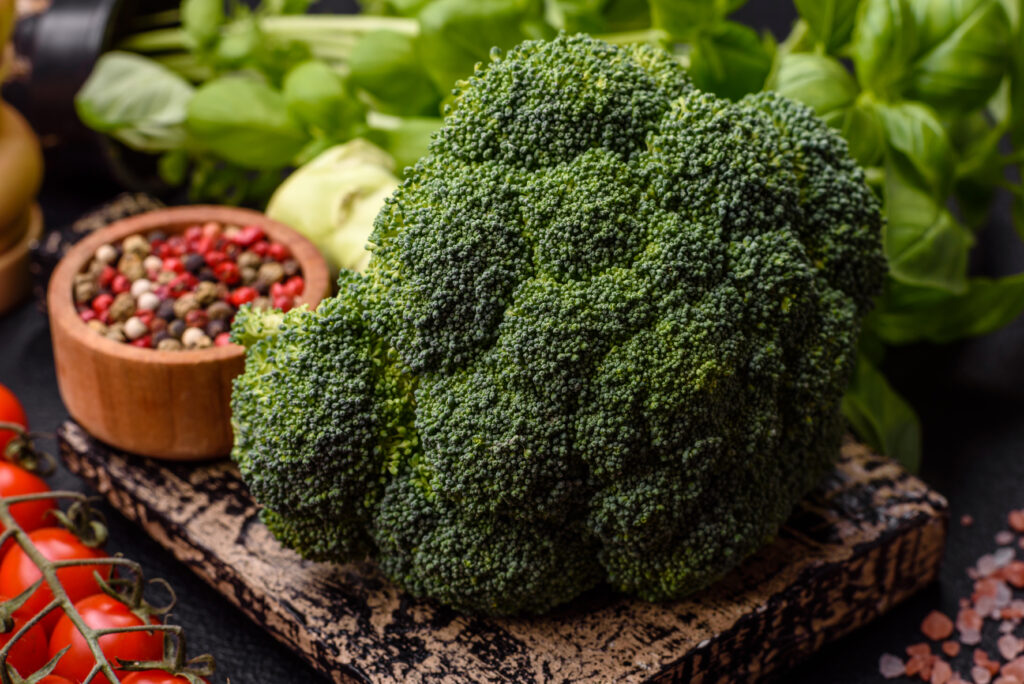



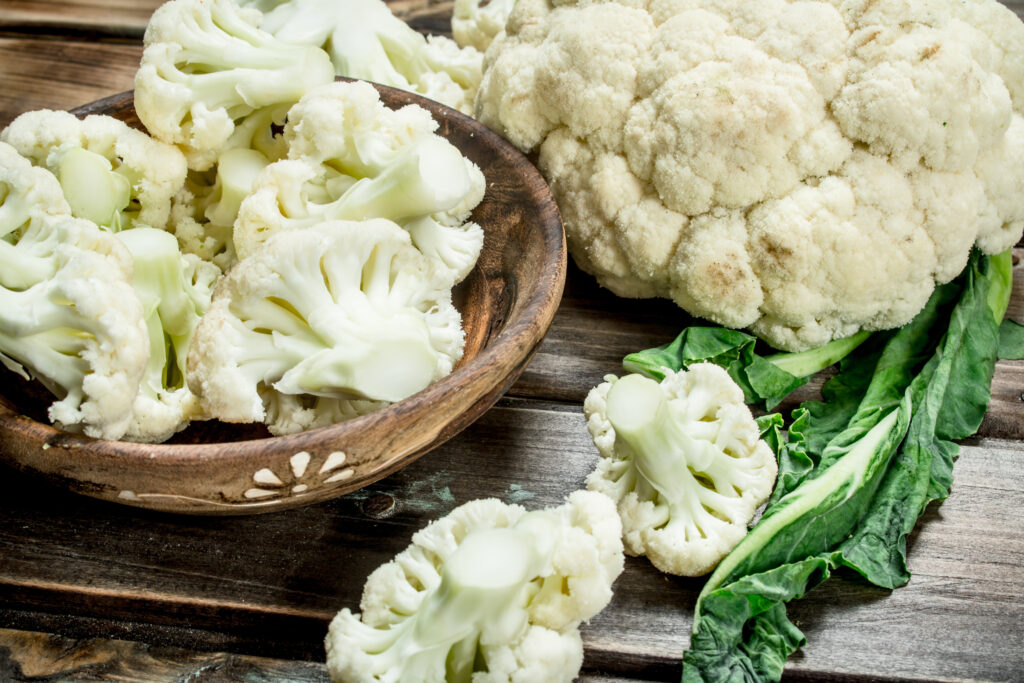
 The Science Behind Healthy Eating and Longevity
The Science Behind Healthy Eating and Longevity